Fastening Elegance: Royce Chau weaves creative flair into the traditional craft of floral button-making 綻放於衣裳上
English 英: Beverly Cheng · Chinese 中:Maggie Ho
Photography: Calvin Lee
As featured in 2024 Fête Chinoise Design Annual
The art of crafting handmade knotted floral buttons, a cherished Chinese tradition, often goes unnoticed by modern fashion enthusiasts. Adorning cheongsams and other garments, these buttons complement the chosen fabric and colour, serving as a small yet intricate detail in the time-consuming tailoring process of traditional Chinese dresses.
Royce Chau knows this firsthand, having studied tailoring Chinese garments when she couldn't find a traditional Chinese outfit she liked while living in Singapore. Unable to find what she sought in numerous department stores, she resolved to learn how to make one herself.
廿四節氣 Solar Terms Collection: 立春 Spring Begins
Upon her return to her home city of Hong Kong, she actively sought out a master tailor to mentor her. Under the tutelage of the renowned master cheongsam maker, Mong Kar Mo, she embarked on a rigorous 10-year apprenticeship to master the art of Chinese tailoring. Her initial efforts showed promise, driving her to hone her craft through unwavering dedication and countless hours of practice.
At the encouragement of her classmates, Chau devoted herself to mastering the craft of floral button making, recognizing its diminishing significance in Chinese fashion. Under the guidance of Master Po Ming Wah, Chau immersed herself in the art, absorbing most of her training from her.
廿四節氣 Solar Terms Collection: 立春 Spring Begins
絕大多數喜歡時裝、衣服的人,對於顏色、圖紋、款式都能侃侃而談;但對衣服上的細節卻鮮有留意。 「樂思手工製」創辦人周樂思 Royce Chau 醉心鑽研中式長衫製作,從剪裁、結構,微小至花紐的構思與製作、亦一絲不苛。
Royce 在投身長衫及花紐製作前,從未接觸設計或製衣行業,但曾經隨法藉丈夫在日本、印度和新加坡等地旅居十年多,長期於多元文化中生活,豐富了她的視野,令她對傳統文化及傳承有更深更廣的領悟,同時亦間接地引領她走進中國傳統服飾工藝的大千世界。
In addition to her formal training, she pursued self-directed learning, both individually and alongside her peers. It was through the artistry of crafting floral buttons with meticulous attention to detail that Chau's acute skills and nimble fingers uncovered a passion that resonated deeply within her.
She also found that crafting floral buttons provided her with a creative outlet to express the inspirations she had gathered while living abroad as an expatriate in Singapore, Japan, and India, where she accompanied her husband, an executive in the cosmetic industry, on his assignments.
During her stay in Japan, Chau encountered the works of the classical painter Keika Hyakugiku, whose art deeply influenced her exploration of tailoring and clothing making.
菲菲系列 Fei Fei Collection: 長壽 Longevity
Particularly captivated by his series, "The 100 Chrysanthemums", featuring intricate studies of chrysanthemum flowers, Chau felt compelled to adapt three of Hyakugiku's renditions into unique designs for chrysanthemum buttons. This pursuit not only fueled her passion for artistic expression in tailoring and clothing making but it also drove her to further refine her techniques and skills.
一切從長衫而起
「那時我人在新加坡,想要一件長衫出席宴會,找遍國貨公司也找不到合心水的;便決心自己動手做一件。 」其後 Royce 回到香港,先跟從蒙嘉模師傅學造長衫;在學習過程中,她了解到長衫及花紐是相輔相成的,製作長衫總需要花紐來固定衣襟,精細的花紐亦能為長衫起到畫龍點精之效。 一同學習的師姐亦鼓勵她,與其要依賴他人製作花紐,倒不如自己好好學習快將失傳的花紐製作手藝。 Royce 便跟隨海派花紐師博浦明華老師一針一綫,從開條、燙條、盤結到上銅線,逐步學習花紐製作的基本功。
傳統花紐由扣條(內藏銅線的布條)扭曲、盤繞而成。 尺寸雖然只得兩三個指頭的大小,要造出結實牢固,形態生動的花紐,也絕不容易。 Royce 形容自己一方面是「工藝師」,從不間斷練習,確保手藝精巧熟練;同是亦是「技術開發員」,努力不斷在固有基礎上,鑽研、發揮花紐的可能。
壽字紋立體花紐 Shou character 3D flower buttons
Chau was particularly struck by the numerous depictions of the chrysanthemum flower due to its significance in Chinese culture and looked for additional ways to replicate it. As she came to discover, the chrysanthemum holds iconic status as the flower of the Cold Dew period in autumn, one of the 24 solar terms of the ancient Chinese lunisolar calendar that corresponds to changes in seasons and natural phenomena. Tradition dictates that during the Double Ninth Festival, celebrated on the ninth day of the ninth month of the Chinese calendar, people often consume wine made from chrysanthemums as a symbol of longevity and youthfulness.
Driven by her passion for preserving and innovating traditional Chinese art forms, Chau draws inspiration from the rich symbolism of the chrysanthemum and other cultural elements in her designs. The aim, she says, is to redefine perceptions of floral buttons as mere accessories in Chinese garments.
As one of the few artisans dedicated to this creative endeavour, Chau is reshaping the landscape of floral button-making by introducing new techniques to captivate a new generation of admirers.
從傳統中創新
迄今為止,Royce 最大型的創作是以中國二十四節氣為題的二十四款花紐創作。 「基本上,每兩周便要構思、實驗、製作出一個全新的作品。 」 Royce 坦言那是一個非常密集,而且難度頗高的鍛鍊,考驗自己在有限的時間內創作。 在她的巧思妙手下,二十四個花紐作品既賞心悅目,同時蘊含傳統智慧,例如以西瓜、苦瓜象徵「大暑」、栗子代表「小雪」、蝴蝶破繭而出寓意驚蟄,以不同的時令蔬果、植物、花鳥蟲魚,具象地說明抽象難明的節氣題材。
廿四節氣 Solar Terms Collection: 驚蟄 Insects Waken
廿四節氣 Solar Terms Collection: 大暑 Great Heat
Royce 另一系列作品,以菊花為題,立體展現出花的神態。 她笑說在香港生活多年,本身對菊花的認知僅限於拜山時所用到,但經過深入研究,從日本木版畫冊《契花百菊》中汲取靈感,對菊花的品種、形態有更深的認識。 Royce 坦言創作需要不斷嘗試、練習,「在固有基礎上再進一步是難,但我不介意,亦很願意去發掘。 」
Despite the lack of profitability in her work, Chau passionately shares her craft with a growing community of followers on social media platforms in both Hong Kong and Mainland China.
“I don't create for the sake of creativity alone. Each piece I make is a reflection of my deeper contemplation on how to elevate the craft,"Chau explains. "When I consider why I make floral buttons, it's with the intention to advance and innovate the technique. I constantly strive to explore new ways of expression and achieve increasingly impressive results.”
再現《契花百菊》Rendition of “One Hundred Chrysanthemums by Keika” (Keika Hyakugiku): 三化舞 Sankuwamahi
Today, Chau perceives the history of floral button-making as intricately intertwined with the fabric of Hong Kong's past. Once a thriving hub for textiles and garment production, Hong Kong boasted numerous skilled artisans catering to the discerning tastes of affluent locals in search of bespoke Chinese attire. Historically, tailors would enlist the expertise of women to craft floral buttons for their clients' custom cheongsams. This artisanal craft enabled women to support their livelihoods while providing additional household income.
傳承及堅持
「一直以來,中國傳統對刺繡、織造均有文獻記錄,但對造衫和花紐技藝方面的記載卻是少之又少,那是令我非常痛心的。 在博物館、美術館的展品,或價格高昂的名牌中式設計上,常見到巧奪天公的刺繡,又或是用上極度奢華的布料,偏偏其結構及花紐卻是全不對辦!那令我非常震驚,為何這些細節都無人重視?」
Royce 指出上世紀戰後大量人才、資金湧入香港,造就了一個可一不可再,對造衫美學嚴謹至極致的黃金盛世。 「那時候的香港,顧客對造衫的要求是非常非常講究的,師傅造一件長衫從度身、選料、顏色、剪裁都會細心思量,甚至要預留相同緄邊布料製作花紐,這樣才能配合得天衣無縫。 」因為講究,成就了那世代對工藝的追求;除了專業造衫師傅,不少婦女亦樂於憑手藝在家中製作花紐,幫補收入。
However, in the present day, societal shifts have led to a decline in the dedication to floral button-making, leaving only a handful of artisans willing to preserve this traditional art form.
In an era of mass production, traditional artisans have been overshadowed by the prevalence of cheap labour and the widespread use of machine-made products. As the previous generation of skilled crafts people ages or passes away, the demand for custom-made floral buttons declines, further reflecting a shift in the artisanal landscape.
五福捧壽 Longevity held up by the Five Blessings
Yet, Chau is hopeful that the cherished craft will continue to hold significance in contemporary culture. Instead of viewing it as merely functional, she wants floral button-making to evolve into a respected art form for future generations.
“Unless floral button-making is elevated into an art form, it risks fading away,” she says.
Royce 自言當初開始接單製作花紐,也是貪其佔用空間少,方便在照顧家庭的同時騰出時間工作,比製作長衫更能靈活控制。 但她承認單靠製作花紐不可能維持生計的。 「製作一對最簡單的『一字紐』、『小花紐』,由開料到做成紐扣,最快也要差不多一小時,由零構思創作花紐更是費時。 」若只講求經濟效益,用心手造的花紐,速度一定比不上機造大量生產;惟有將作品推至藝術層面,方能爭取較合理的回報。
Reflecting on the changing landscape of tailoring in Hong Kong, once a hub of cheongsam craftsmanship, Chau remains steadfast in her commitment to preserving its rich heritage.
LEFT: 秋月
"Many today question why modern clothing lacks the exquisite craftsmanship seen in classical times. The meticulous attention to detail, fine stitching, crisp lines, and precise ironing of silk to create custom-fitted, proportionate garments seem to have waned."
Her comment underscores the urgency of maintaining a focus on the finer details. As she succinctly puts it, "As society evolves, tailoring Chinese garments is becoming a lost art."
Her dedication to preserving the craft of handmade knotted floral buttons embodies a timeless commitment to its enduring legacy, ensuring its beauty and significance transcend the currents of change.
Royce 指出現代人沒有見識過昔日長衫與花紐製作的黃金歲月,不明白箇中精妙之處;隨着大量機器生產成衣的普及,大眾對衣服造工、裁剪等的細節不再講究,亦不懂講究,更甚的是認為衫紐不過是配飾,對花紐的認知更是少之又少。 她深信長衫及花紐工藝的傳承及未來,必須將教育與藝術結合。 現時她透過教學、工作坊、社交媒體等不同渠道分享作品,間或有人詢問某個花紐的製作方法,她亦毫不吝嗇跟他們分享,讓不同地方、不同年代的受眾都可以重新認識長衫及花紐兩項嚴謹、細膩的傳統工藝文化。
廿四節氣 Solar Terms Collection: 立秋 Autumn Commences
花籃 Flower Basket


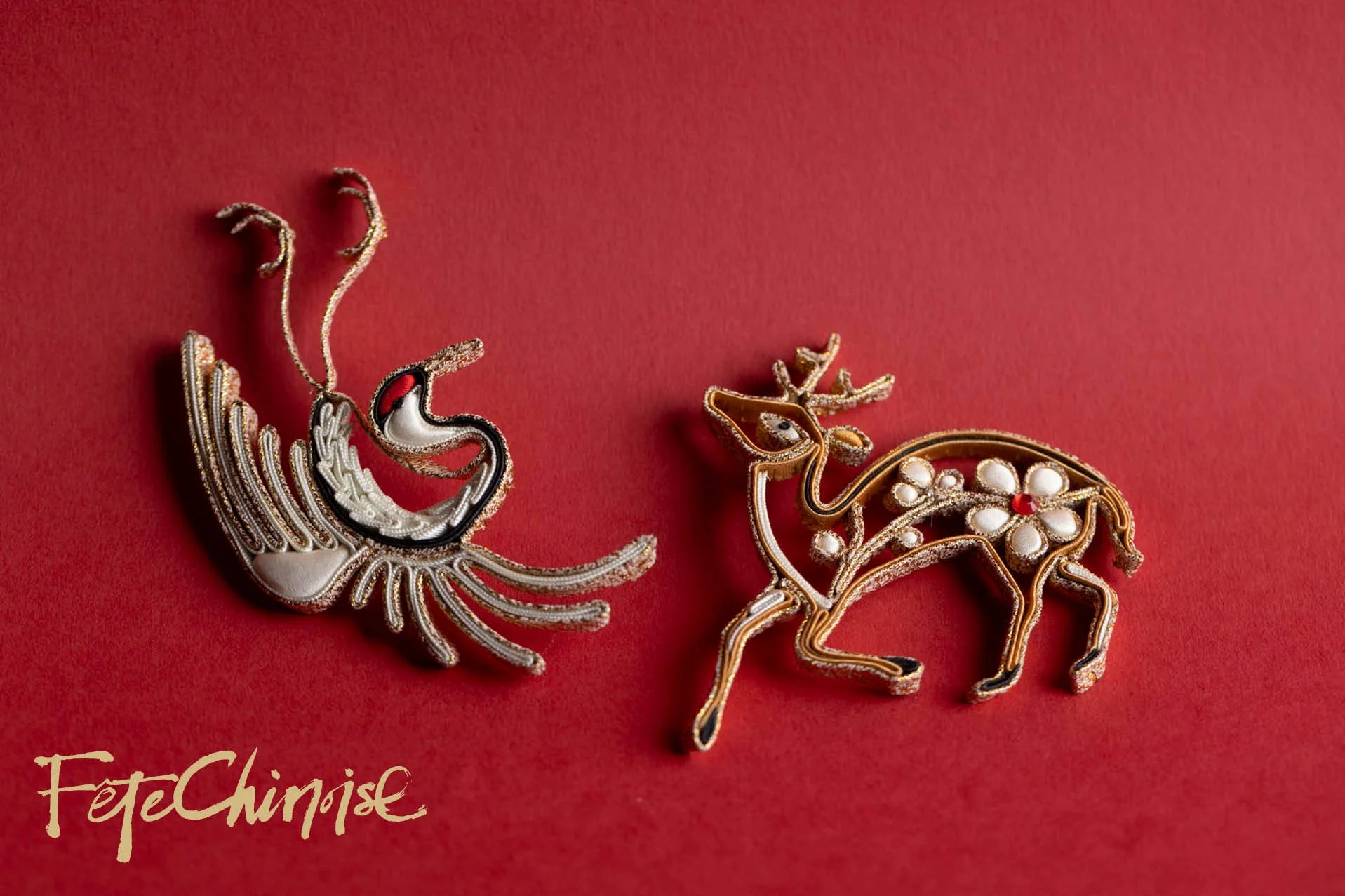

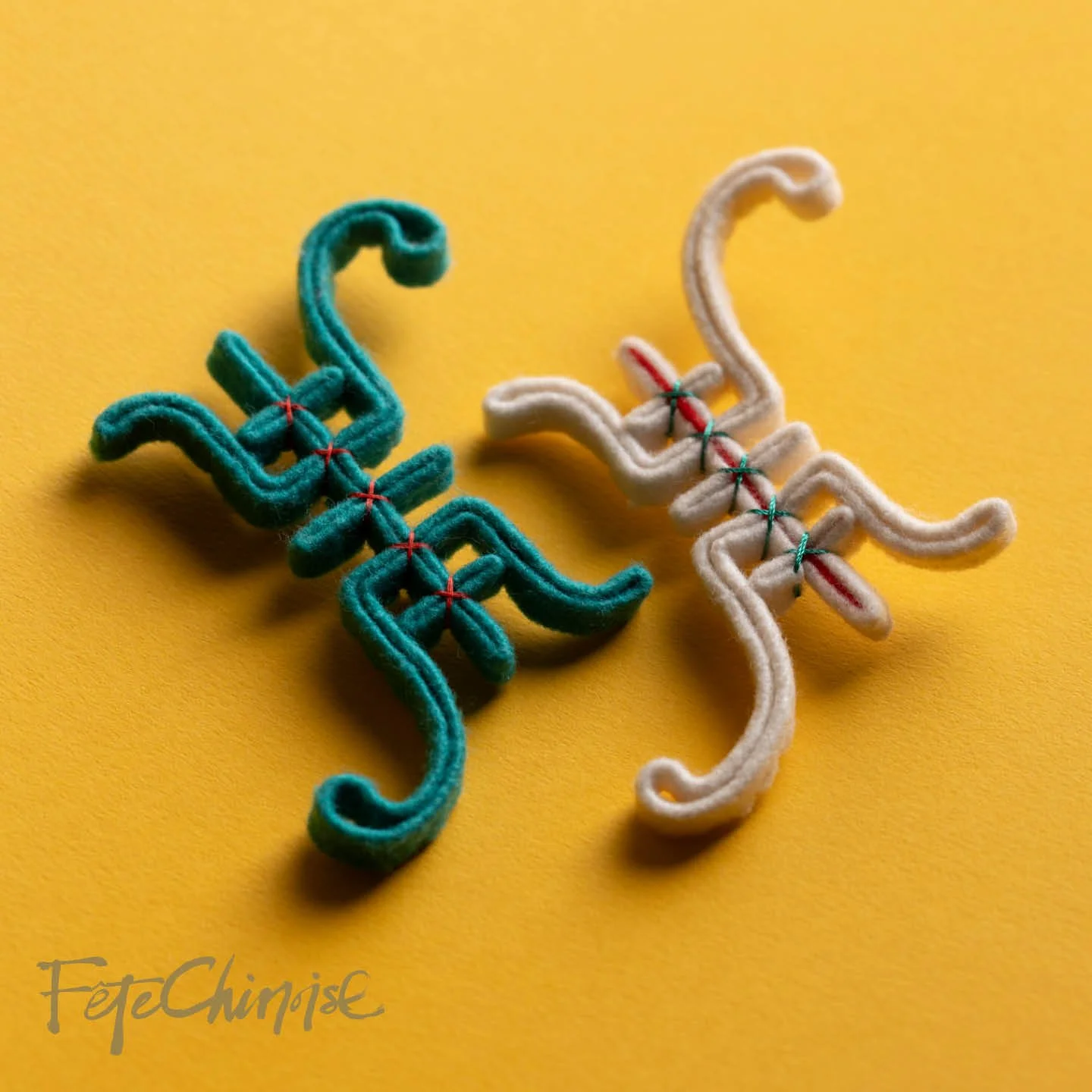

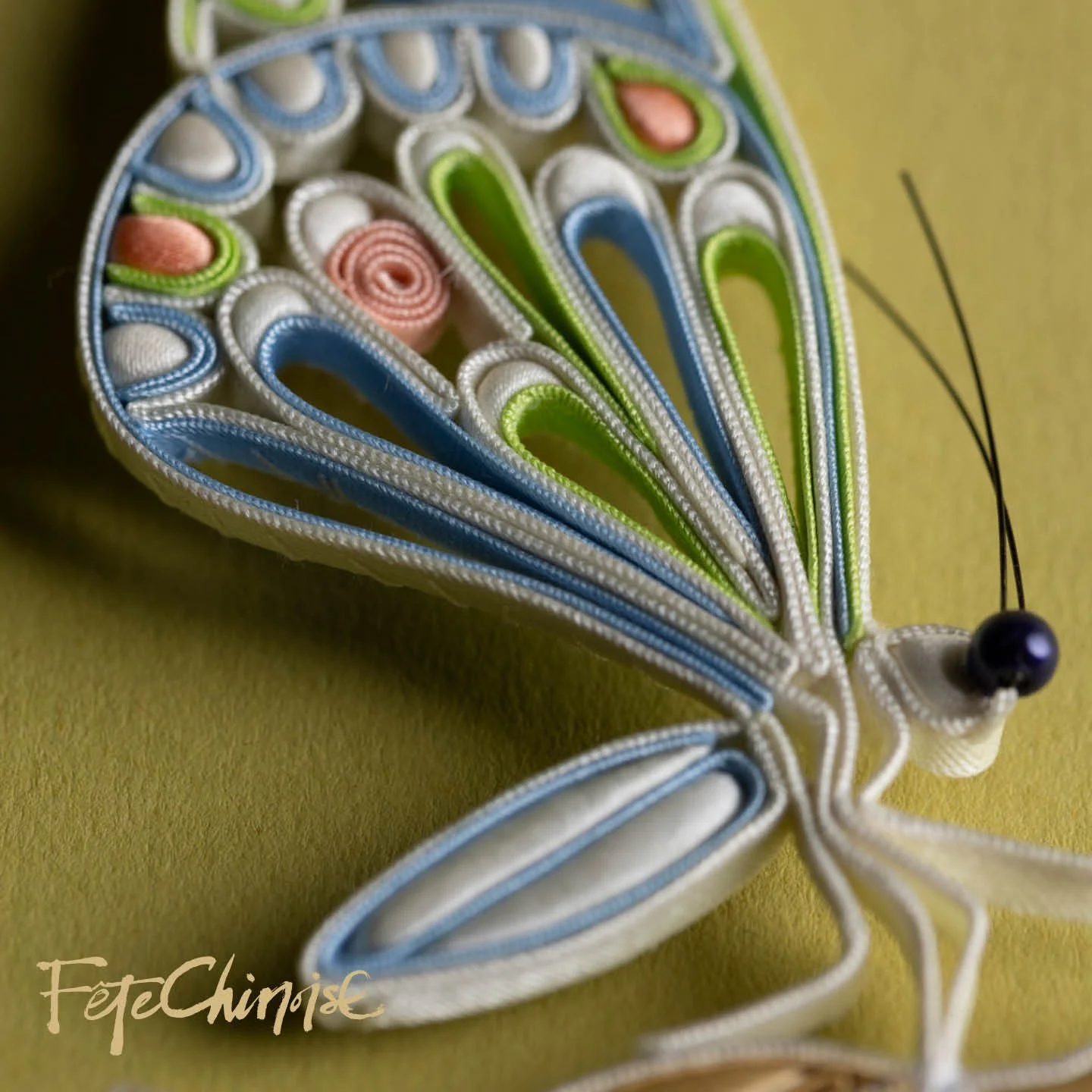
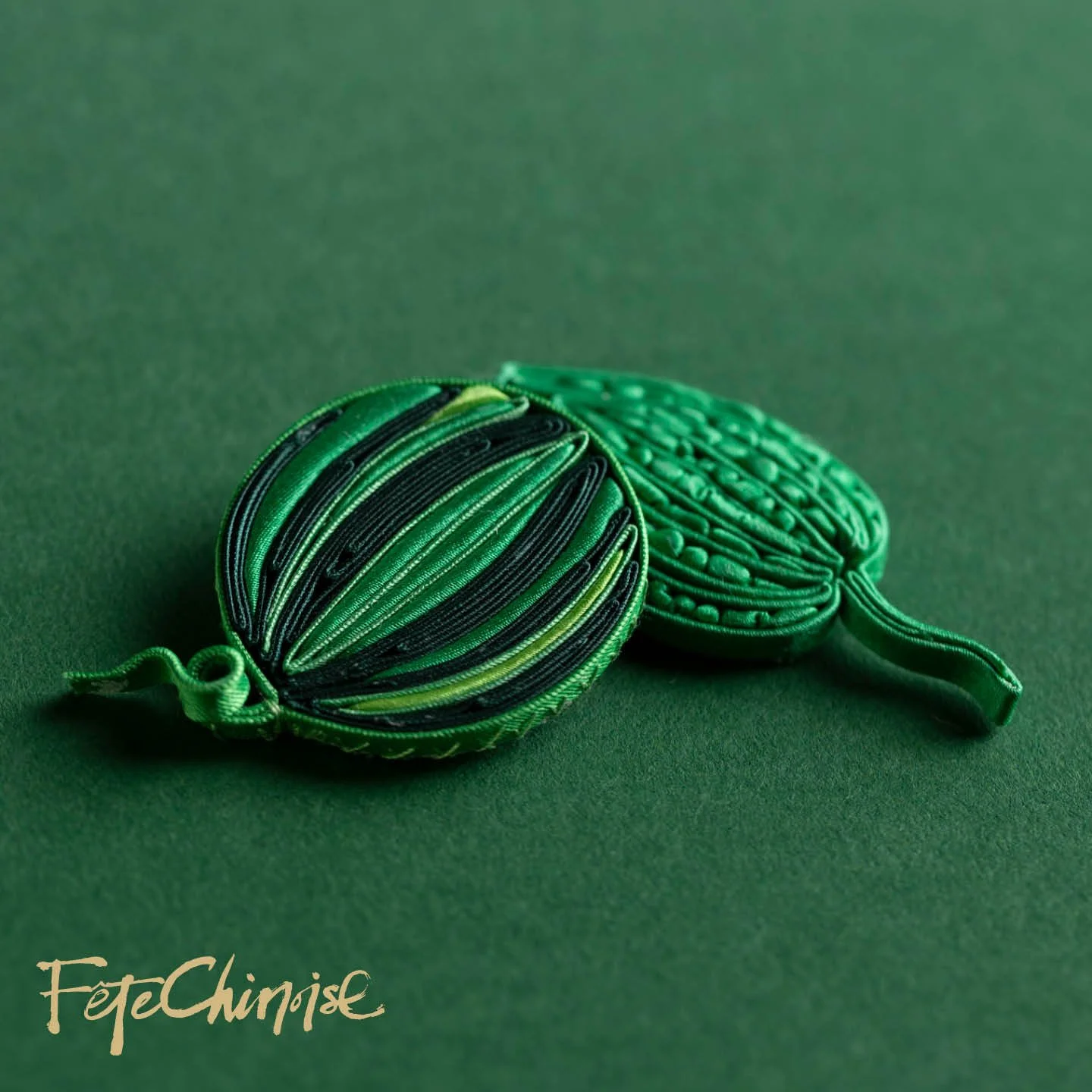
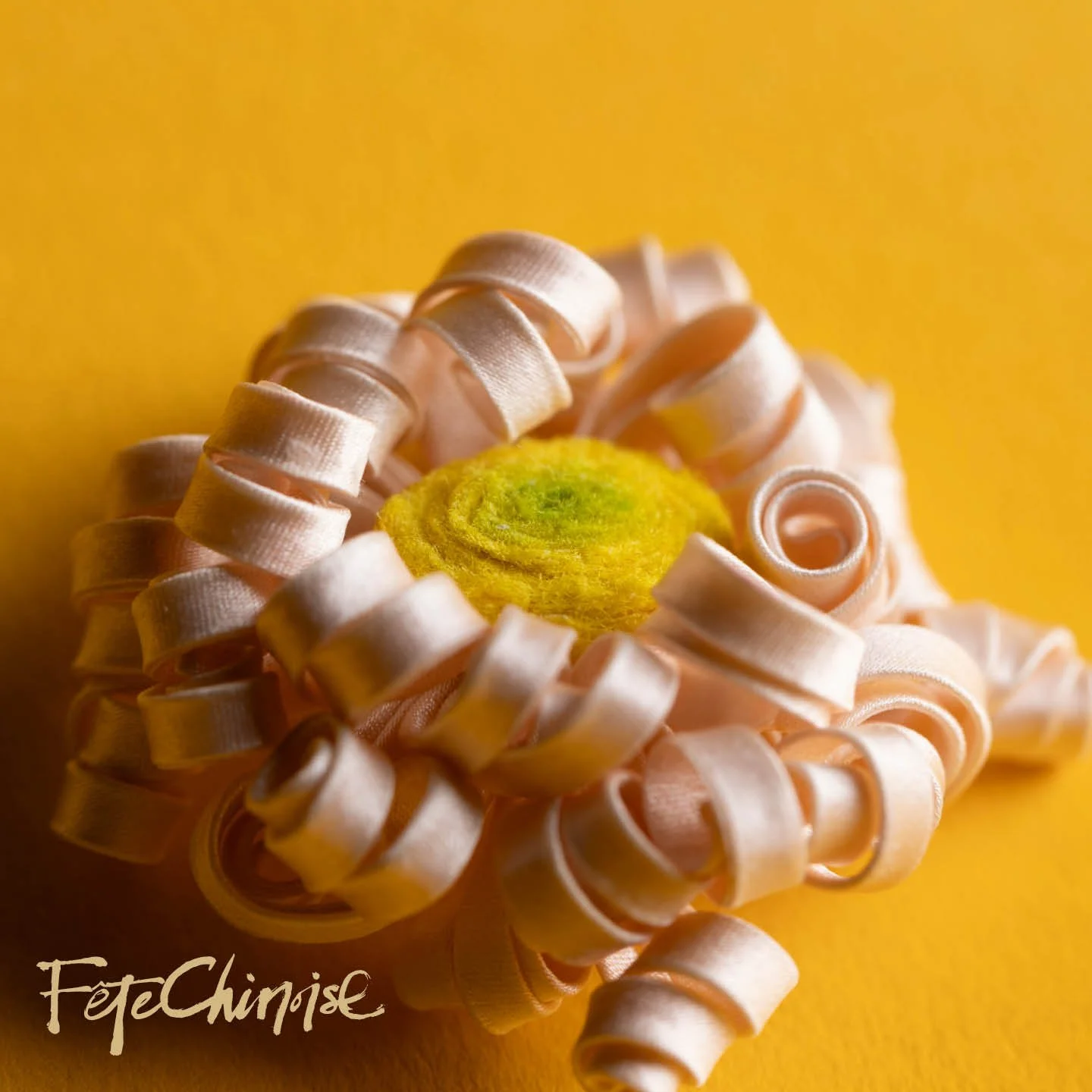
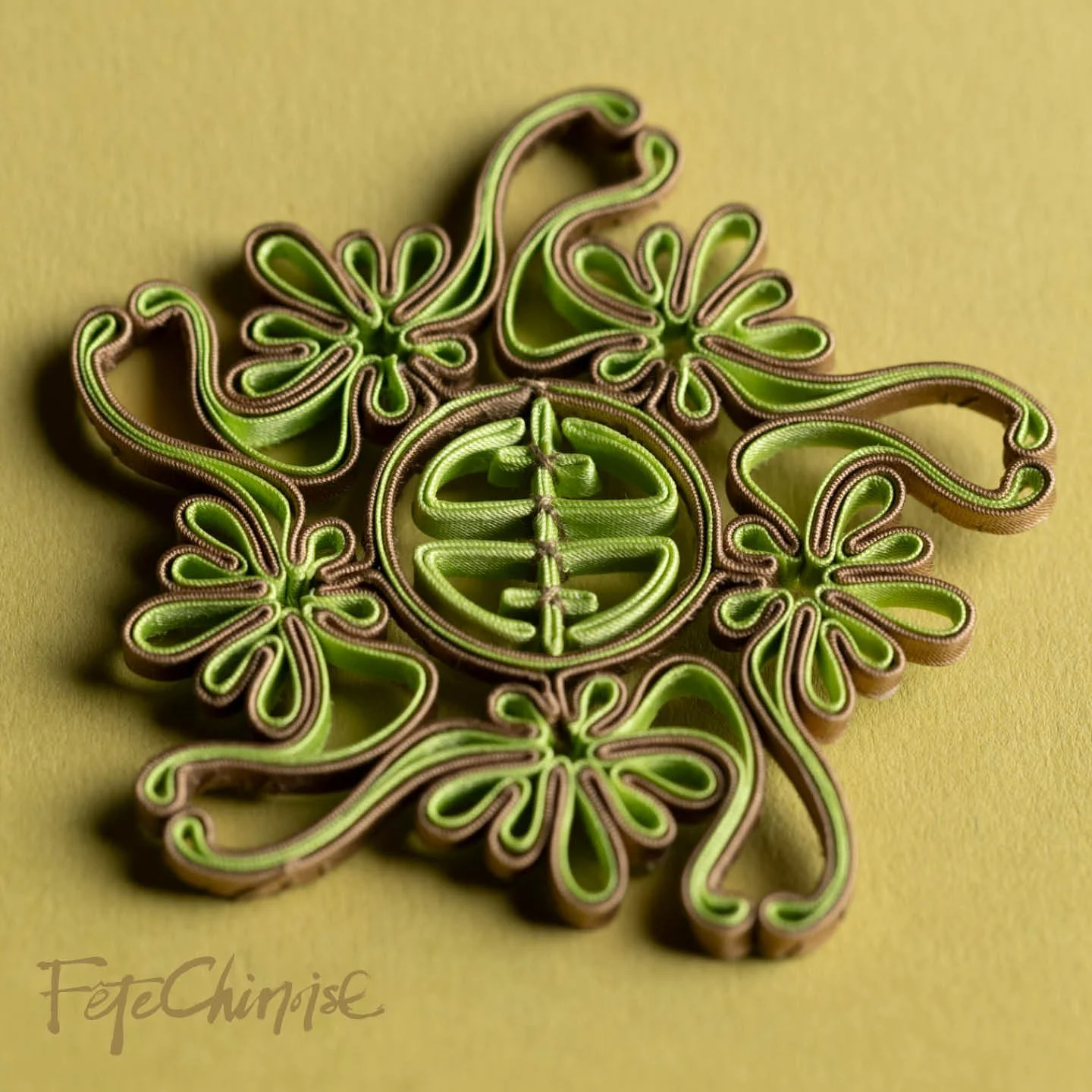
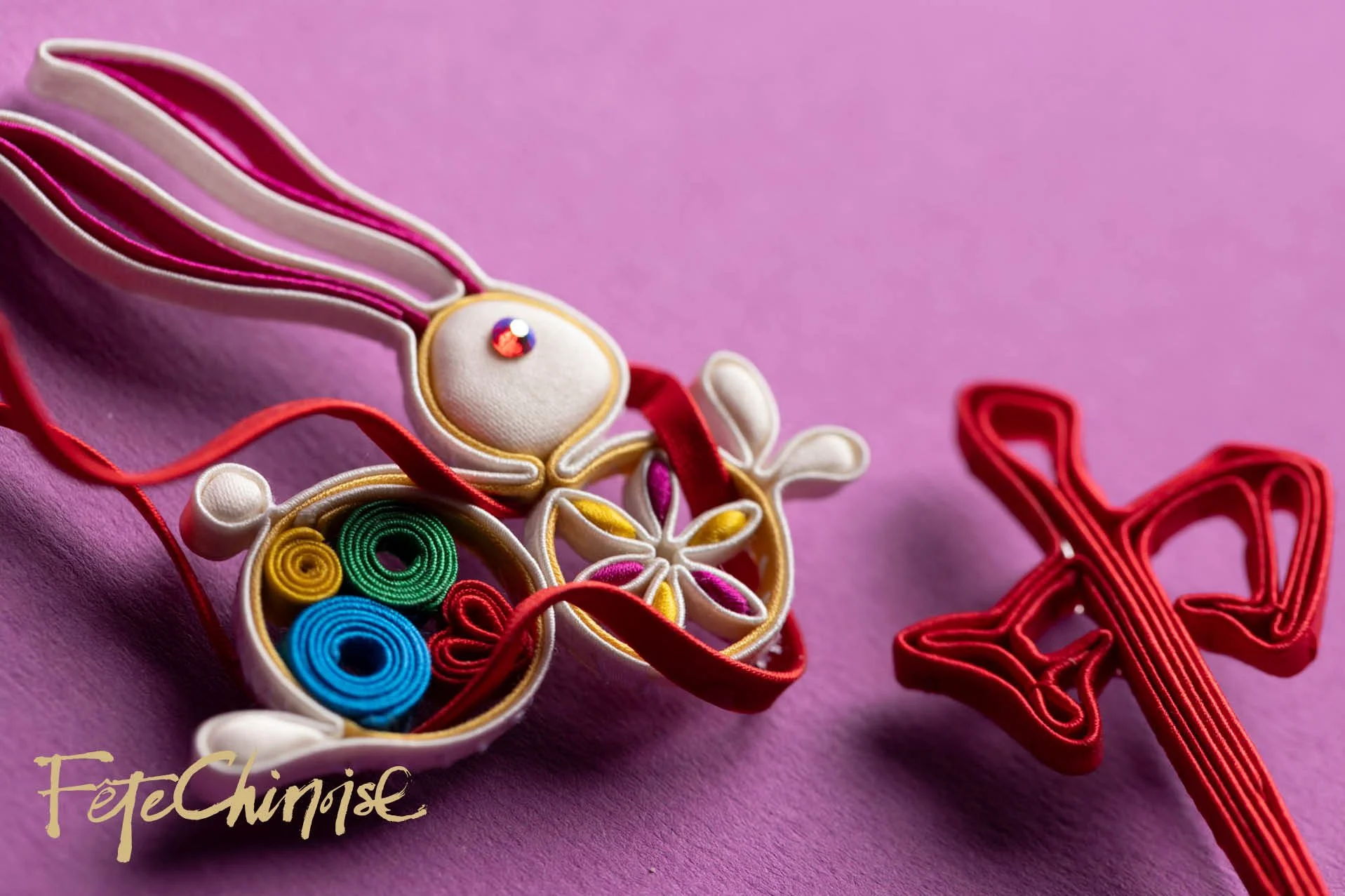
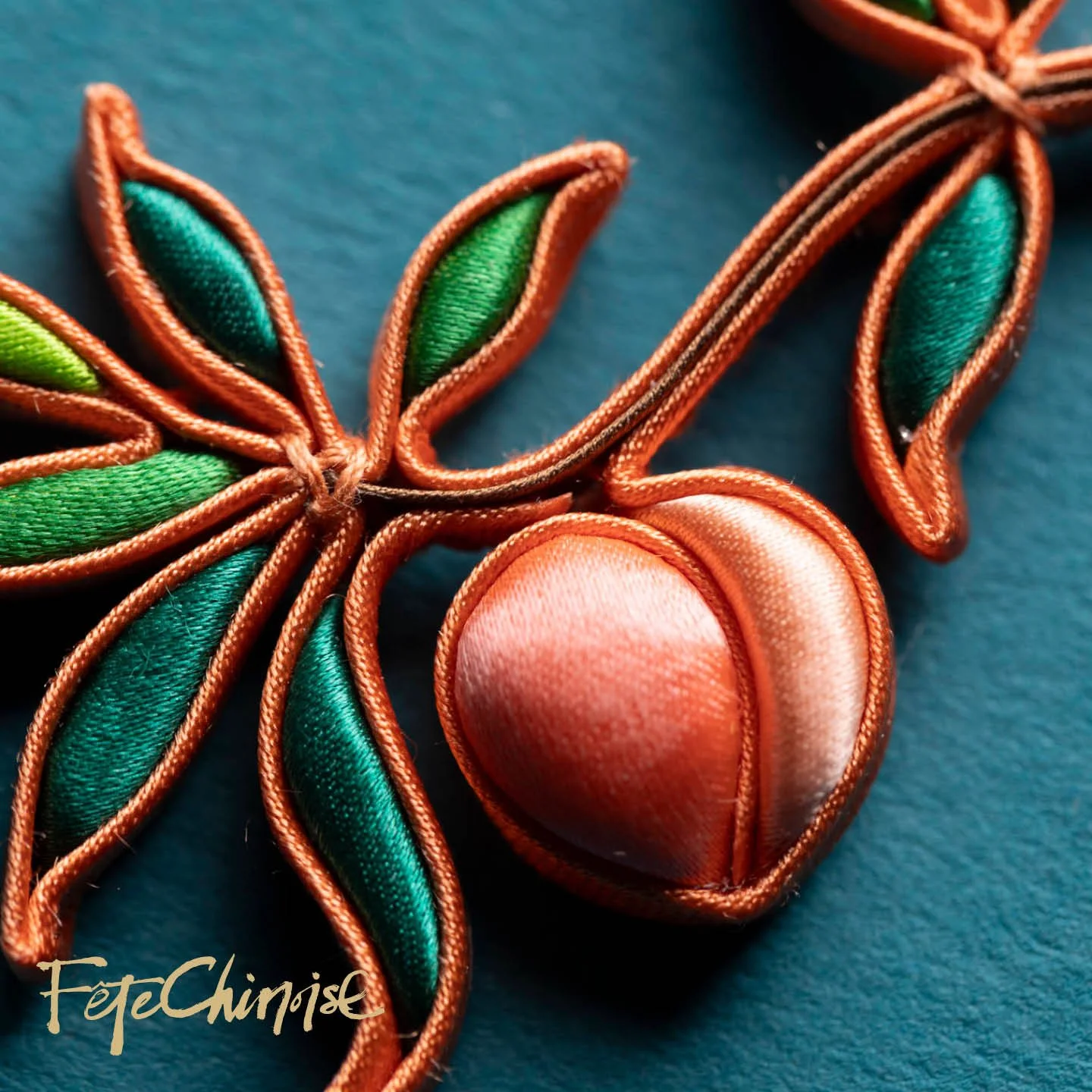
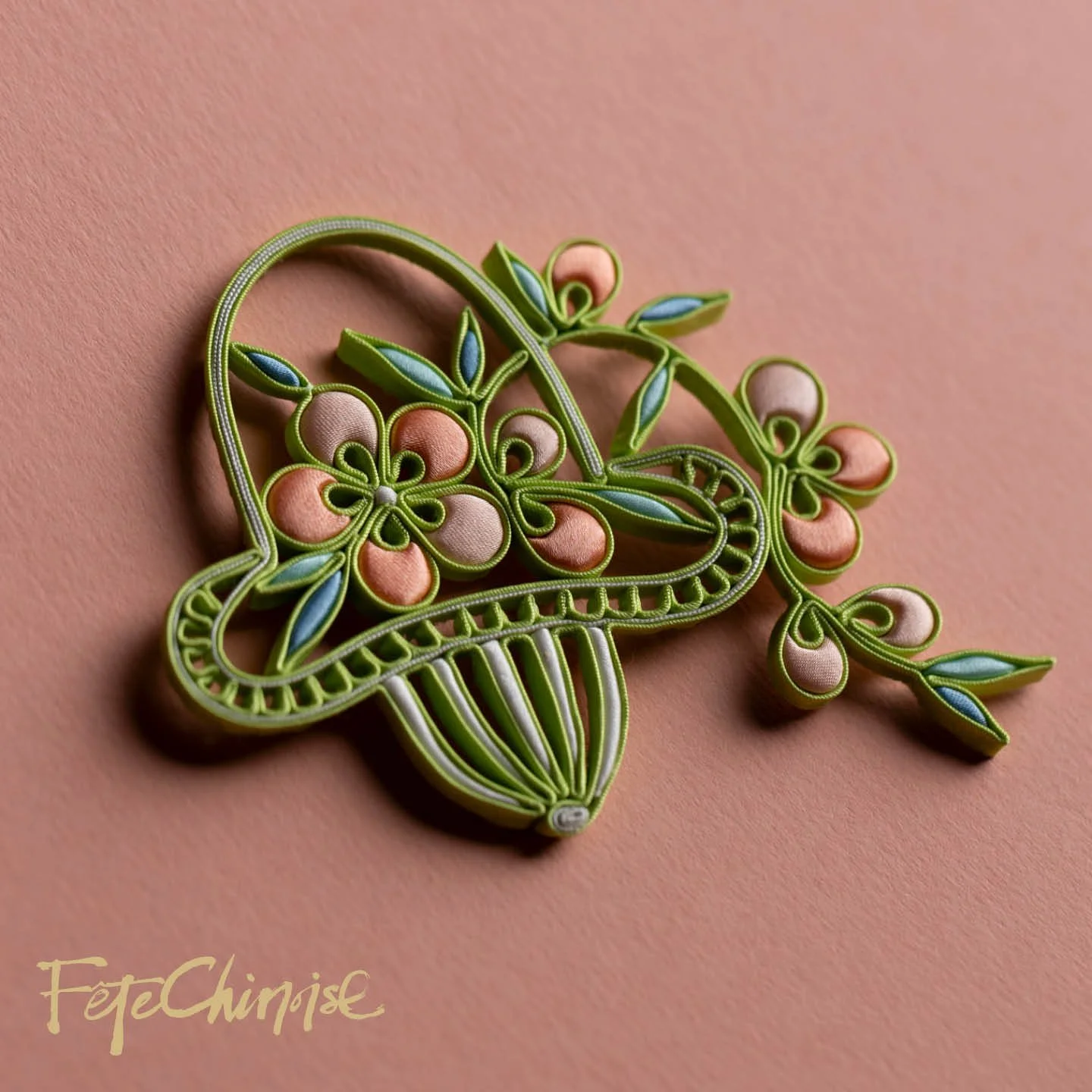




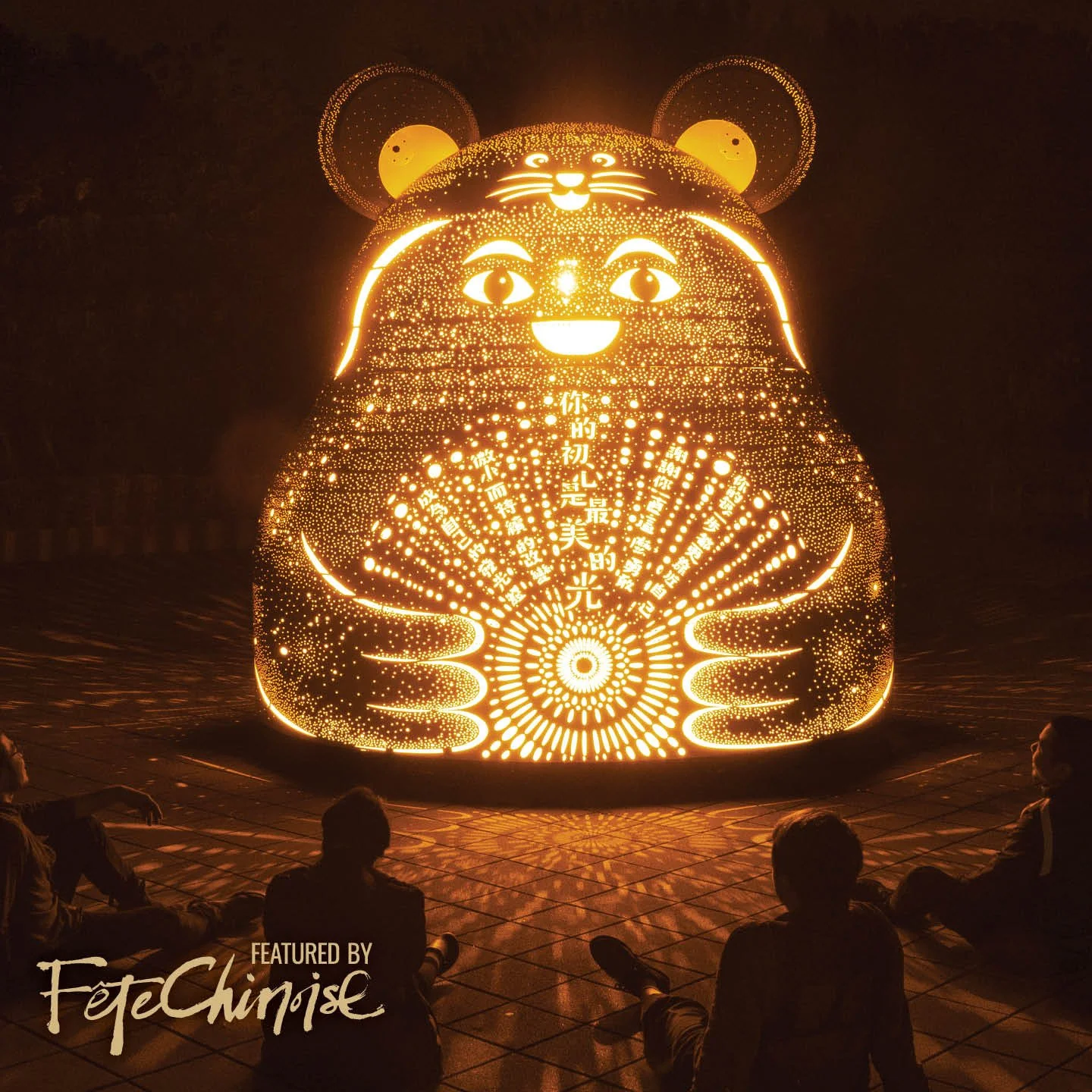
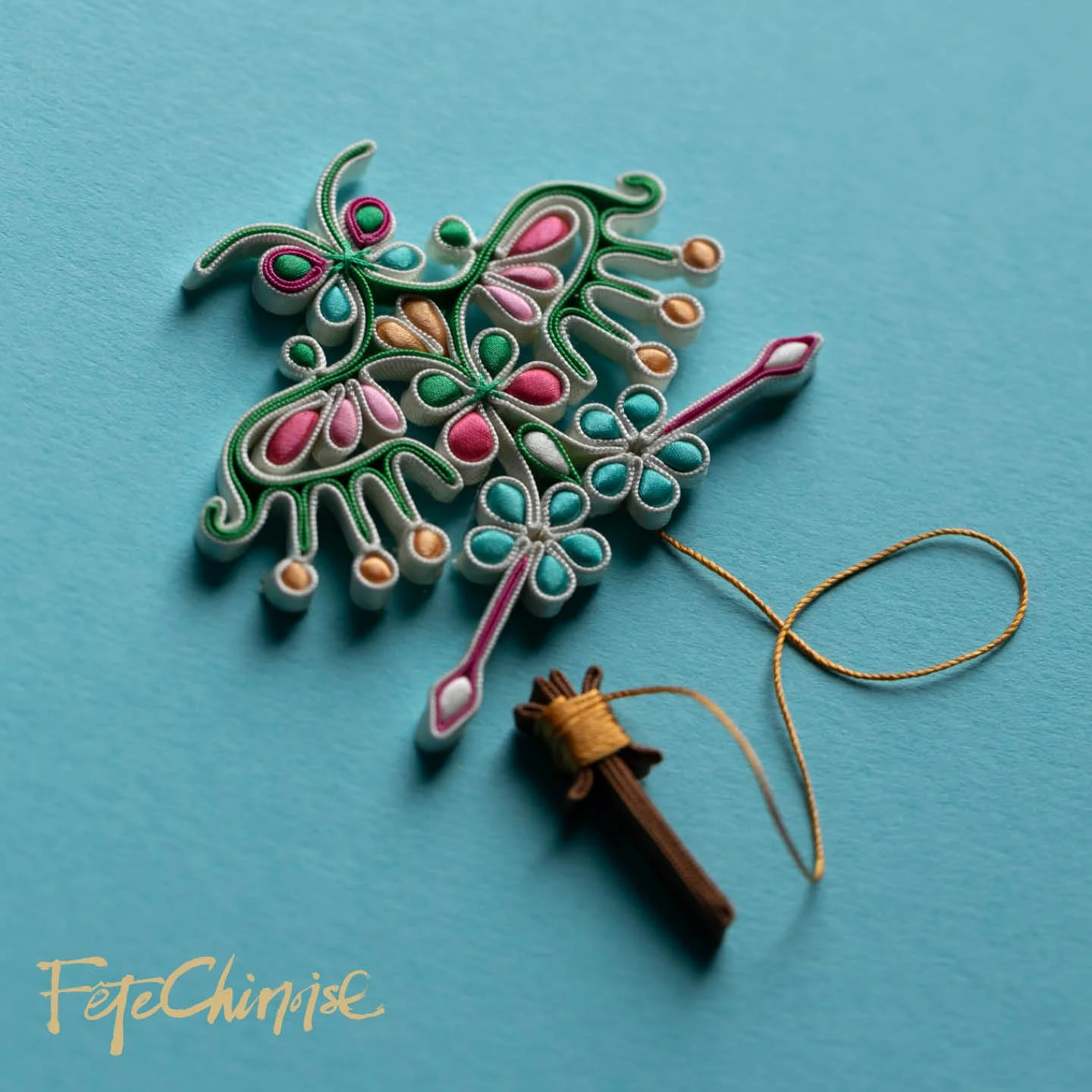

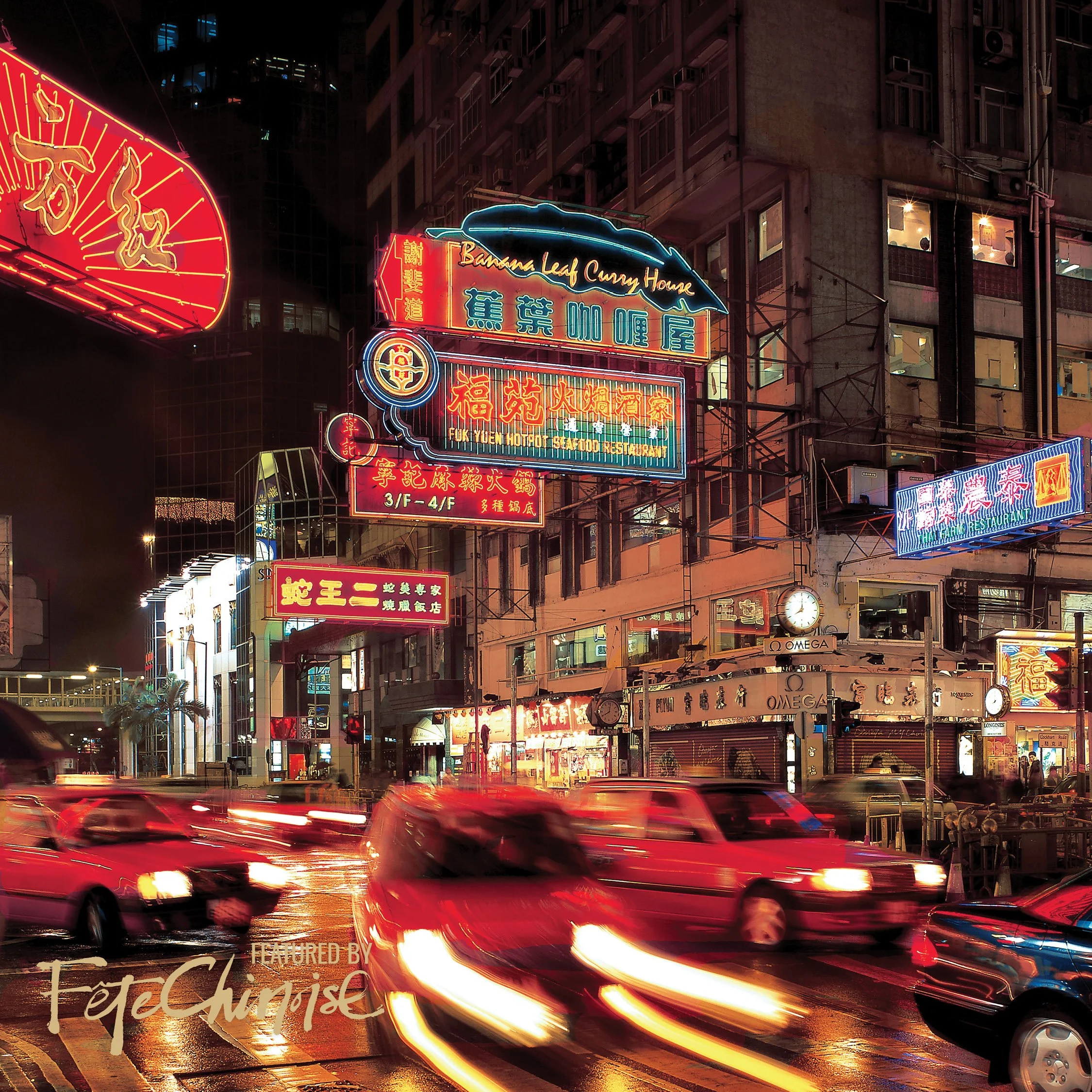

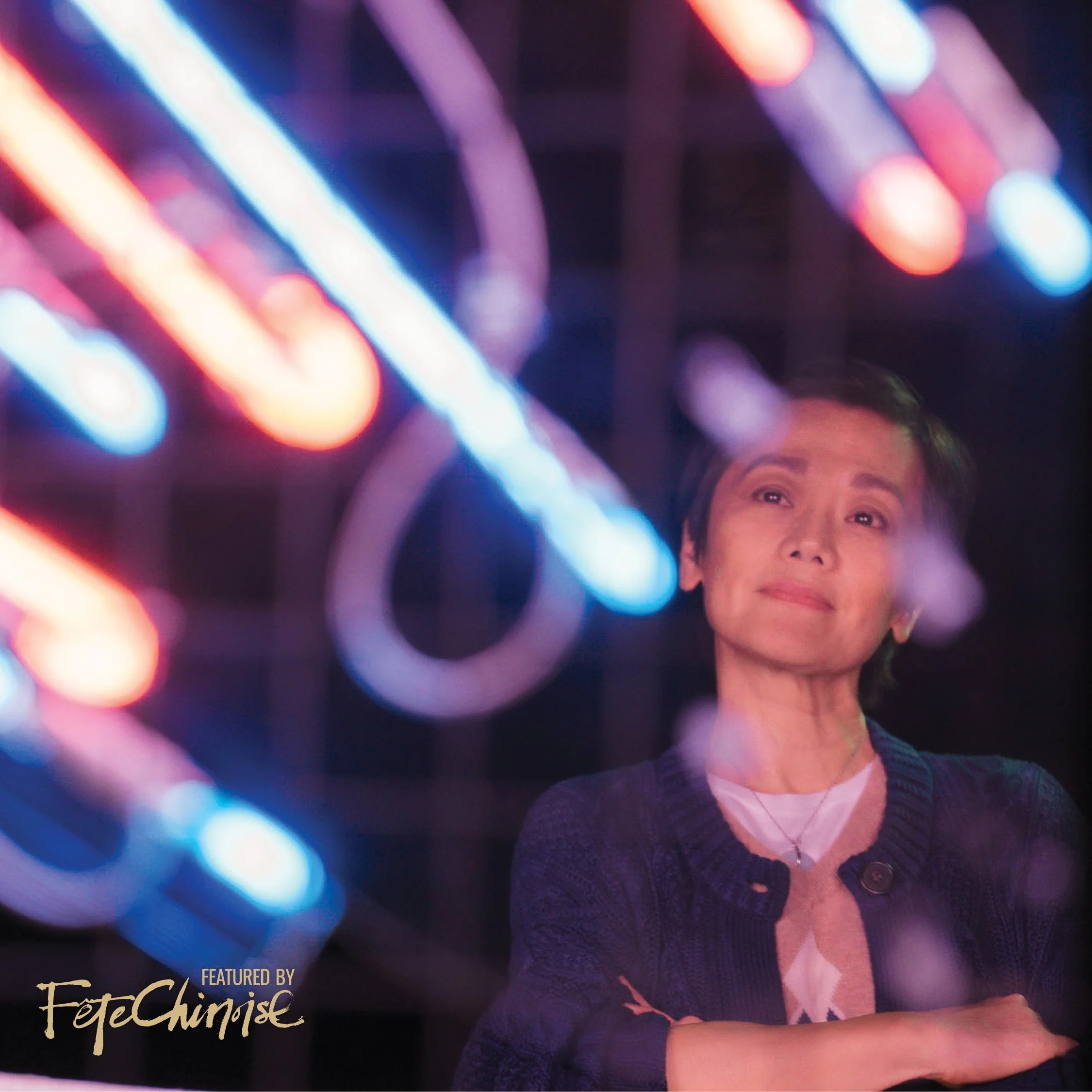
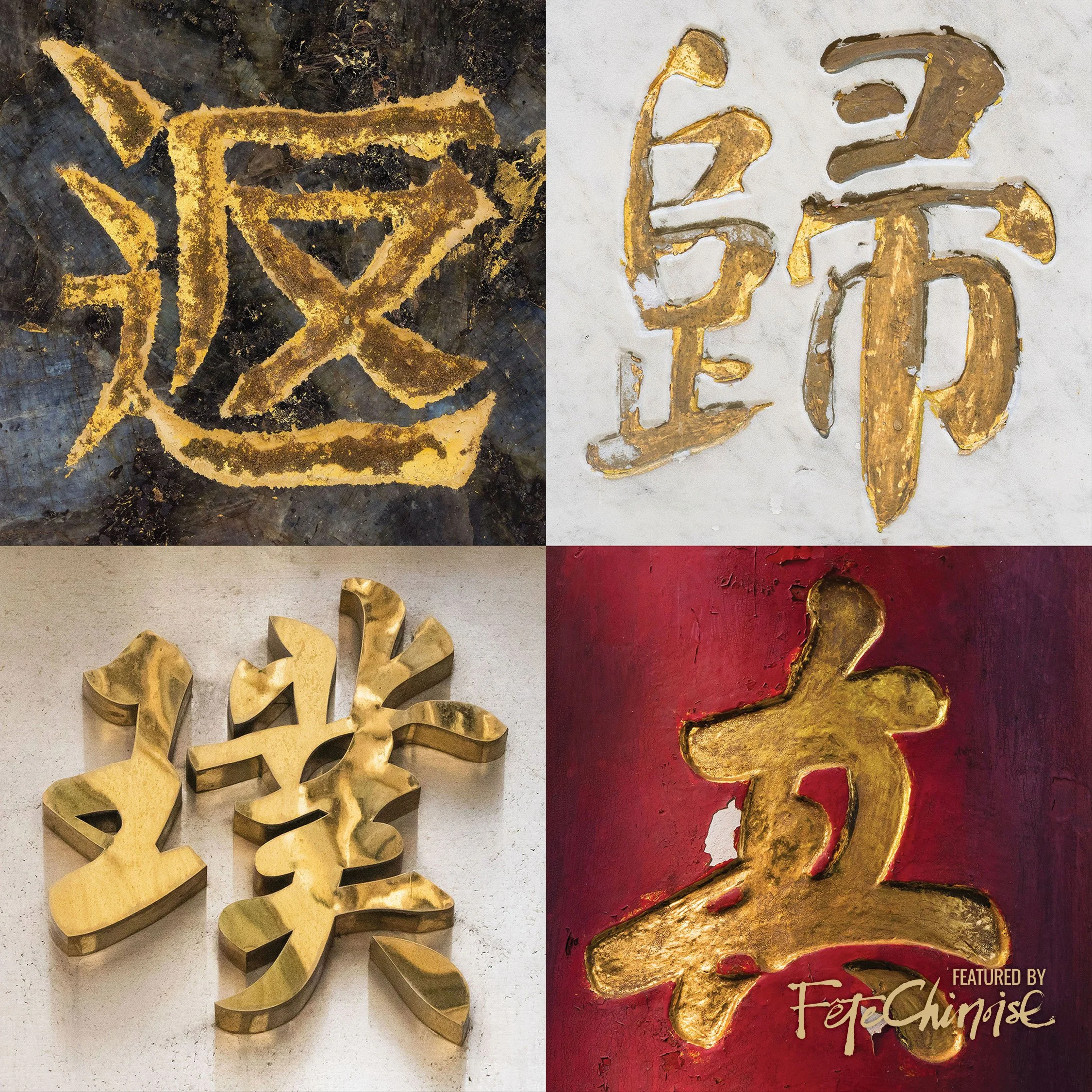
In Chinese culinary tradition, the Longevity Peach Bun (or Shoutao), holds a special place. Often found at birthday banquets for the elderly, this delightful treat is more than just a delicious dessert—it is a symbol of health, prosperity, and a long life. With its unique appearance and cultural significance, the symbolic bun continues to be a staple at celebrations as traditions are passed down generations of families in Asia and in diasporas around the world.